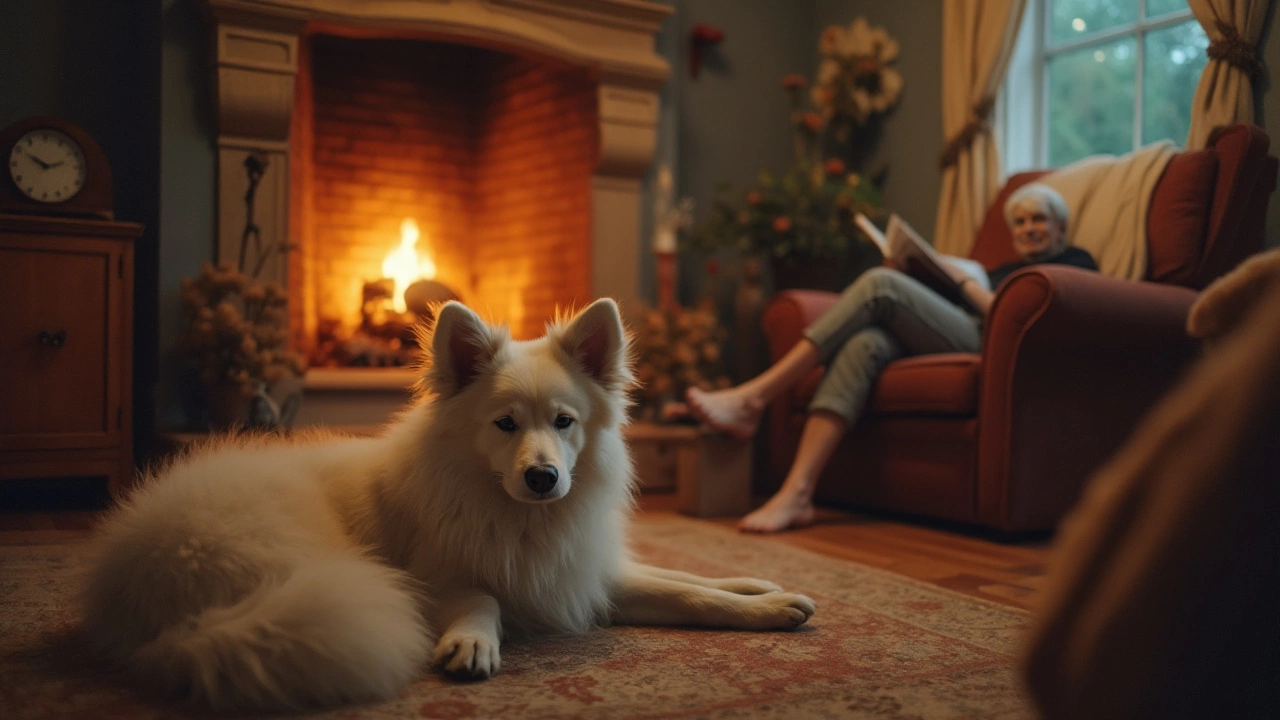Bedtime Routine for Dogs: Simple Steps for a Good Night's Sleep
Getting your dog to settle down at night doesn’t have to be a battle. A clear bedtime routine tells your pup when it’s time to relax, reduces anxiety, and makes mornings easier for both of you. Below are practical tips you can start using tonight.
Why a Bedtime Routine Matters
Dogs are pack animals. When the pack follows a predictable pattern, each member feels safe. A regular routine cues your dog’s brain that the day is ending, so it can switch off the excitement mode. Consistency also helps with bathroom habits – the fewer accidents, the less cleaning for you.
Studies from veterinary behaviorists show that dogs with a set night routine wake up calmer and are less likely to develop separation anxiety. In short, a few minutes of planning now saves hours of stress later.
Simple Steps for a Calm Night
1. Wind‑down walk – A short, leashed walk 30 minutes before bedtime lets your dog burn off leftover energy and take a final bathroom break. Keep the pace relaxed; you’re not training for a marathon, just giving a chance to empty the bladder.
2. Limit late snacks – Offer the last meal 2–3 hours before sleep. A full belly can cause discomfort and wake‑ups. If your pup is used to a treat before bed, choose a low‑calorie chew that won’t mess with digestion.
3. Set the sleep area – Choose a quiet corner, a crate, or a dog bed away from high traffic. If you use a crate, make it comfy with a blanket and a favorite toy. Consistency in location helps the dog associate that spot with rest.
4. Calm lighting and sound – Dim the lights 10 minutes before bedtime. A soft background noise, like a fan or white‑noise app, can drown out sudden sounds that might startle your dog.
5. Gentle cue – Use a single word or phrase—"bedtime" or "night"—every night right before you guide your dog to its spot. Over time the cue becomes a trigger for relaxation.6. Optional night treat – A small piece of natural chew (like a freeze‑dried liver bite) can give a positive end to the day. Keep it under 5% of daily calories.
Once your dog is settled, keep disturbances to a minimum. If you need to get up during the night, use a low‑light source and move quietly. Avoid playing with your dog or giving attention that could reset the calm mood.
For pups that tend to whine or bark at night, check the collar. Some owners remove the collar after the final bathroom break to prevent chafing and give a freer sleep. If you choose to keep the collar on, make sure it’s fitted correctly and not too tight.
Remember, the goal isn’t a strict schedule that feels like a drill. It’s a series of gentle habits that signal bedtime, making the transition smooth for both of you. Try these steps for a week and note any improvements in how quickly your dog settles and how rested it feels in the morning.
Happy pups mean happier owners. With a simple bedtime routine, you’ll both enjoy quieter nights and a fresh start each day.

Do Dogs Recognize Bedtime: Insights and Tips for Pet Owners
Dogs are remarkable creatures with a keen sense of routine. Pet owners often wonder if their furry friends can recognize when it's time to hit the hay. This article delves into the behavioral cues and biological factors that indicate how dogs perceive bedtime. It provides insights into creating a harmonious bedtime routine for pets, making holiday travels easier on everyone. Learn how to ensure your dog's sleeping schedule aligns with your travel plans and some tips to help them adjust.
View more